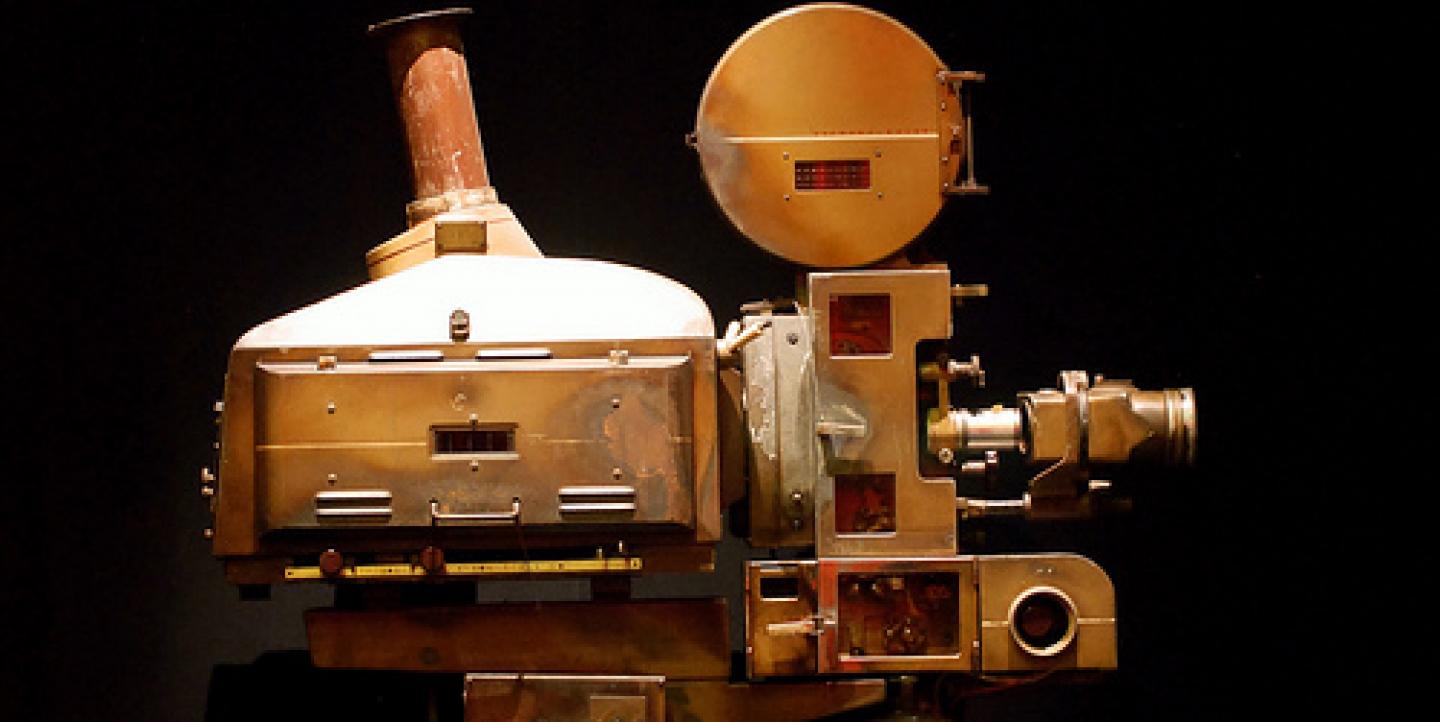It's never too late for print journalists to pick up the camera. If you're an journalist, aspiring filmmaker, videographer or just looking to experiment, here are a few tips on shooting and focusing to get you started. It's part three in an IJNet series for journalists on shooting videos and photos.
Shooting
A-roll and B-roll
These are terms commonly used to distinguish between two important types of footage. A-roll is the dialogue you capture with both sight and sound. B-roll is video you capture that enhances the story and dialogue. B-roll can be used to illustrate what a narrator or a character is talking about. A-roll helps link the audience to someone’s experience. Both are important to telling a story, but B-roll is often more important to shoot because a voiceover can cover the absence of A-roll.
How to call the shots
The names of shots are arbitrary at best. The main point of defining them is to illustrate how to vary the distance from the subject. Make a determined effort to get a few of each type of shot for each subject. These shots are often defined in terms of what part of a person is showing. Always remember - never let the frame fall at a joint.
- Close-up (Head). This is the classic shoulder and face shot. Avoid cutting at the neck.
- Medium (Waist). This shot includes the head and torso. Cut at the stomach or upper thigh. Avoid cutting at the waist.
- Long (Body). This can include the whole body or everything but the feet. Avoid cutting at the ankle or on the foot. Show the ground below the feet or cut at the shin.
Five-shot method
This is a classic method to shoot B-roll of people in action. It works best for characters that are doing some type of work that involves their hands, but it can be adapted to any situation.
- Close-up on the hands
- Close-up of the face
- Medium shot
- Over the shoulder
- Another angle
Length
When shooting an interview (A-roll), the best idea is to record everything in one long shot. When recording action or background images (B-roll), hold each shot for about ten seconds of quality footage.
Cutaways
When shooting A-roll, take some time before or after the interview to shoot some of the objects around the subject. Keep the subject's face out of the shots. Hands can be included in some of your cutaways, but not in all. Some good examples are name plates commonly found on desks, trophies or pictures in frames.
The purpose of these shots is to cover edits that will likely be needed in the interview. B-roll that illustrates the speaker point is always a better cutaway, but make sure to grab these less interesting shots anyways. You can never be too careful.
Focus
Cameras can allow you to choose between automatic and manual focus. For quick shots that have a lot of movement, it is often best to stick with autofocus. But if you plan on having a still subject and a longer shot, manual focus can give a better look to the shot.
Autofocus
Autofocus is little more than a computer in the camera guessing at the focus of the shot. It will be right more often than not, but sometimes you cannot afford for it to be wrong. Little can be done to control autofocus, but there are subtle ways to ease the strain on the camera’s computer.
- Fill the frame. More objects at the same distance from the camera as the subject mean fewer distractions for the camera’s focus. Try to keep background and foreground elements between one-third and one-half of the shot when using autofocus.
- Keep the zoom as wide as possible. This keeps the unfocused part of the shot from being magnified. It also helps reduce noticeable camera movements. Keeping the zoom wide also means getting closer, so be careful not to get closer than your camera’s minimum focal length. Three to five feet should be plenty.
- Shoot in well-lit environments. This has to do with the size of the hole that lets light into the camera’s chip. In bright light, this aperture is small and more of the camera’s field of vision will be acceptably sharp.
Manual focus
This is the preferred method for interview and stationary shots, but is a less common feature in smaller cameras. If you do find this feature, the preferred method of pulling focus is:
- Zoom in all the way.
- Focus on a small detailed surface on the subject’s face. Eyebrows and lashes work well.
- Zoom back out to the preferred shot.
- Pull the focus again any time the camera or subject moves.
Image CC-licensed on Flickr via xcode.

